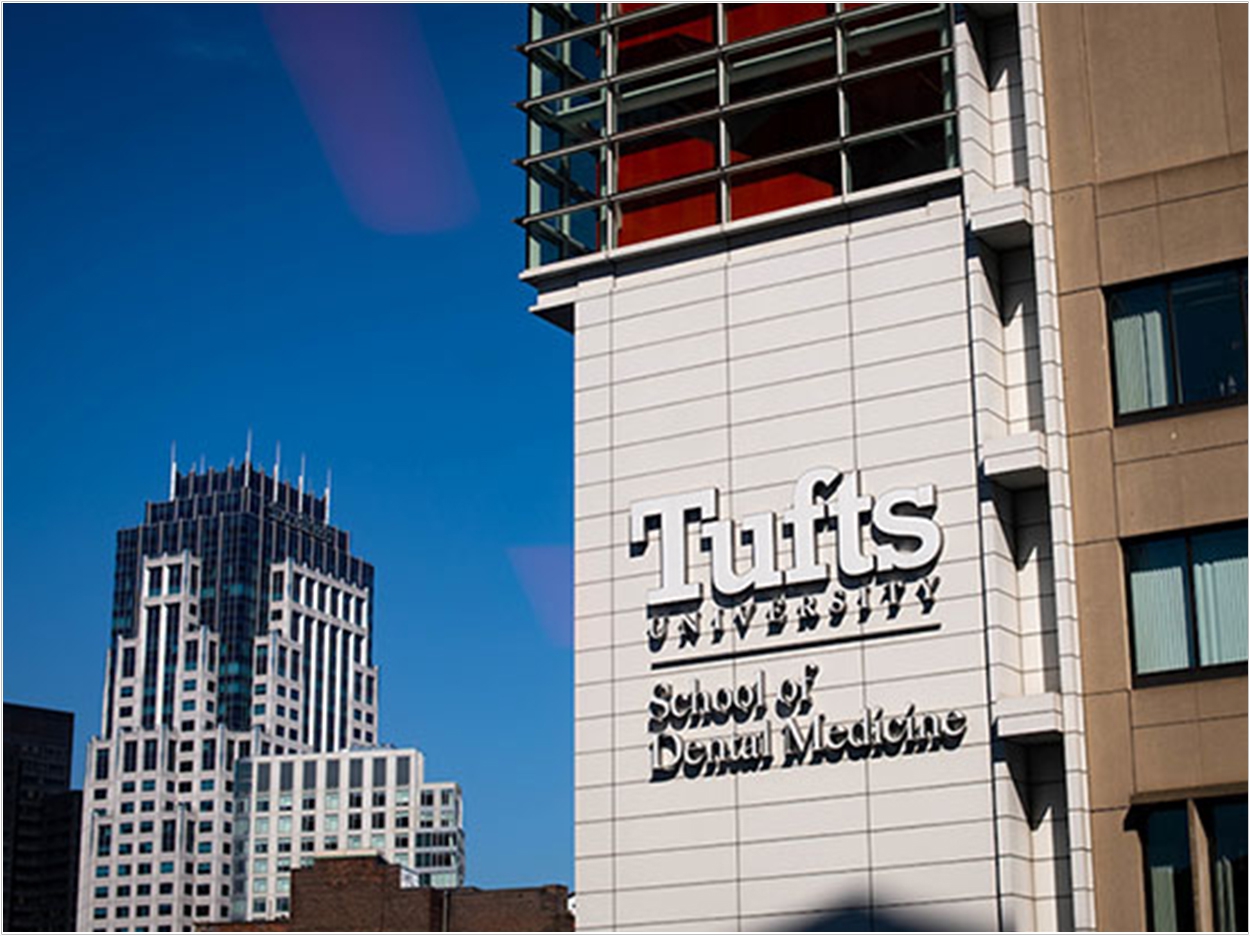
Researchers at the Tufts University School of Dental Medicine and School of Engineering are collaborating on an artificial intelligence (AI) program that scans dental images like panoramic x-rays and alerts clinicians to results that require follow-up.
For example, the virtual aide would look for troublesome signs in the x-rays while the dentist conducts an exam, providing a cheaper and more precise analysis that takes less time, the university said.
“There is big potential for the use of AI in dental diagnosis,” said Aruna Ramesh, DDS, professor and associate dean for academic affairs at the dental school and a specialist in maxillofacial radiology.
Projects like this are just part of a shift toward digital dentistry, as technology transforms a profession that once was most dependent on manual skills, the university said.
With the aid of computers, dentists now can produce crowns in their office in about the time it takes to make a pair of eyeglasses, the university said. Dentists also can use software to design drill guides customized for their patients’ jaws to help place implants more accurately.
Imaging technologies such as MRIs and CBCT, which produce 3-D cross-sectional images, have expanded how dentists can explore beyond the teeth and gums, the university said. Panoramic x-rays, which capture the whole mouth in a single 2-D image, are commonly used in checkups and to plan dentures, implants, braces, and extractions.
But interpreting some of these images can be time-consuming, and dental insurance typically doesn’t cover the cost of analyzing an x-ray, Ramesh said. If digital advances could speed up the analysis, the cost to the patient could drop.
An AI analysis also can potentially reduce human error. According to Karen Panetta, professor and dean of graduate education at the School of Engineering, images like an x-ray include information that the eye can’t detect but a computer can.
Ramesh, Panetta, and graduate engineering student Rahul Rajendran hope to teach the AI system to scan images, starting with panoramic x-rays, and flag areas that appear abnormal. Panetta has done similar work using AI to read mammograms or detect signs of cancer revealed by other kinds of medical imaging, as well as detecting diseases like COVID-19.
“Everybody thinks AI is a magic box you stick data in and it gives you answers,” said Penetta. “But first you have to inform the AI by giving it robust data, curated by validated experts.”
Ramesh and dental student Ruby Wagimin have been analyzing a thousand panoramic x-rays, feeding detailed descriptions into the AI program. The program also records the researchers’ spoken comments and tracks their eye movements—for example, whether they hesitate for a fraction of a second on a particular spot.
Once that data is assembled, the researchers will have the AI program produce its assessment of the x-rays, flagging those with suspected abnormalities, and compare that analysis with the professionals’ conclusions. With wide variation among normal human jaws, it is a task that’s hard to standardize, the university said.
Even if the results from this initial round are promising, the university said, the AI will need years to assimilate data from hundreds of thousands more x-rays before it is ready to be used in a dental office, and even then, strictly in a supporting role.
“The computer is not becoming the radiologist,” Ramesh said. “I don’t think it will ever replace a diagnostician.”
Related Articles
Ethics Meets Artificial Intelligence
Artificial Intelligence: The Future of Dentistry
Artificial Intelligence Automatically Locates Mandibular Canals












